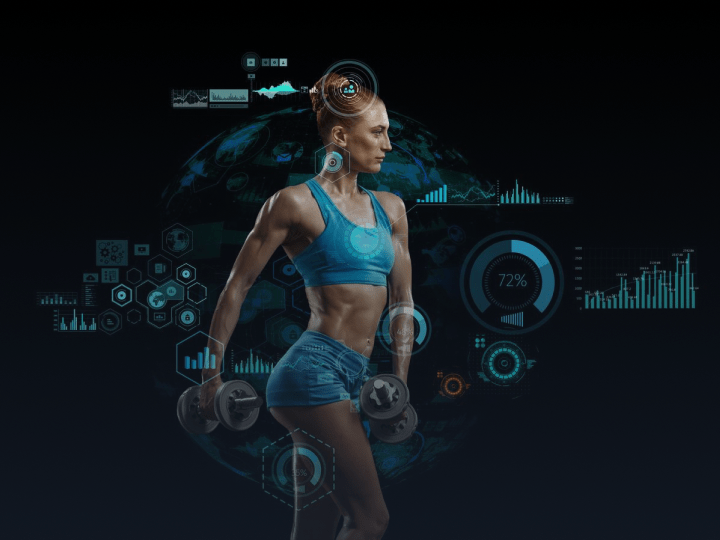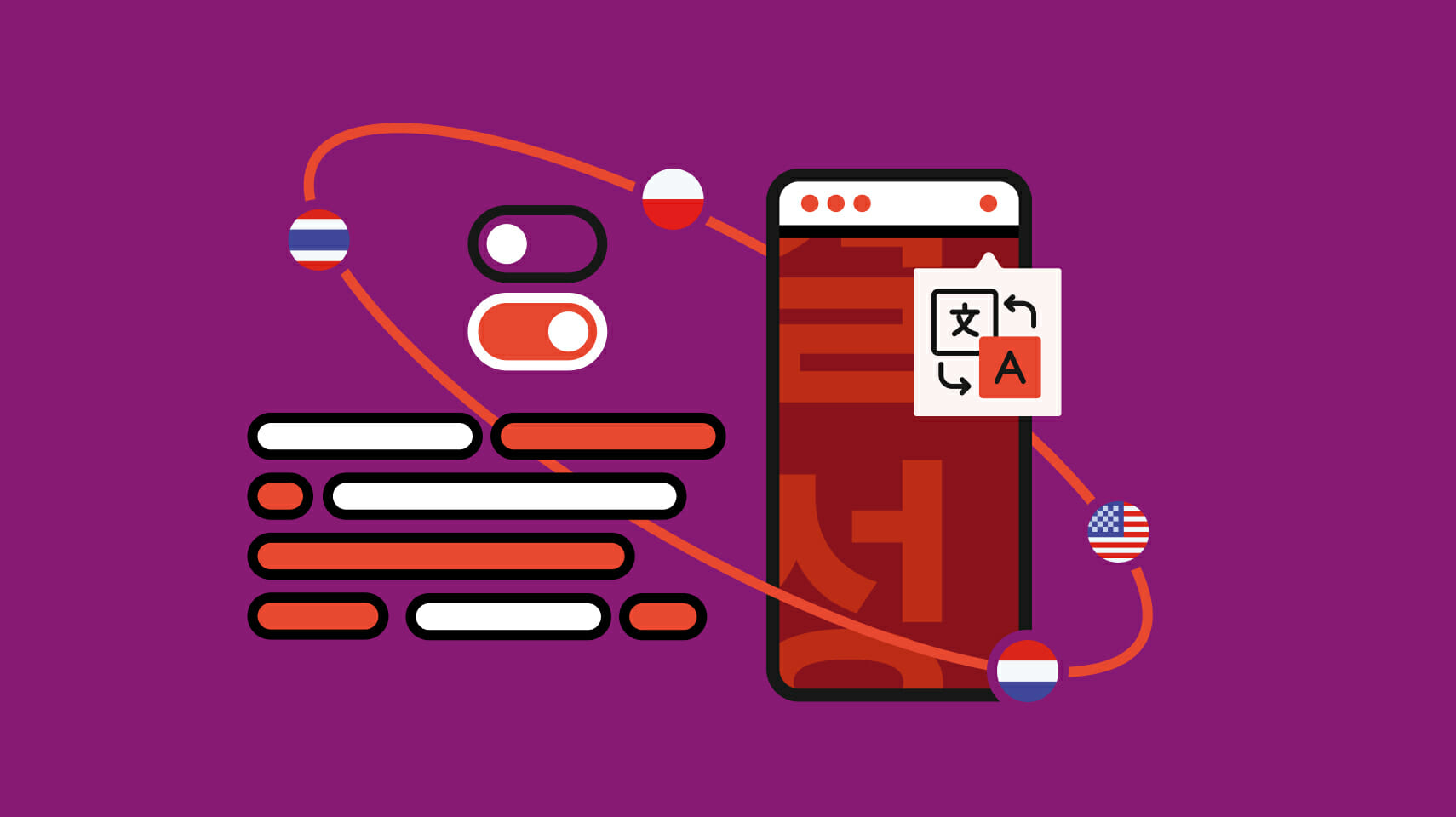We’ve all been there: diligently tracking steps, calories, and workouts, yet feeling like we’re hitting a plateau. The numbers are there, but the motivation and personalized guidance seem to be missing. Basic tracking is a great starting point, but in today’s world of AI and personalized experiences, we can do so much more. It’s time to ditch the generic approach and dive into the world of AI-powered fitness mobile apps , where personalized challenges and intelligent suggestions pave the way for real, sustainable progress.
The Limitations of Basic Tracking
Traditional fitness trackers offer a snapshot of your activity. They tell you what you’ve done, but not necessarily how to improve. This can lead to:
- Plateaus: Repeating the same routines without progression can stall your progress.
- Lack of Motivation: Seeing the same data without actionable insights can be demotivating.
- Generic Advice: One-size-fits-all recommendations rarely cater to individual needs and goals.
- Injury Risk: Overexertion or improper form can go unnoticed without personalized feedback.
Enter AI: Your Personalized Fitness Coach
AI-powered fitness platforms are revolutionizing the way we approach health and wellness. By analyzing your data, AI algorithms can:
- Identify Patterns: AI can detect trends in your activity, sleep, and nutrition, revealing valuable insights into your overall health.
- Provide Personalized Suggestions: Based on your data and goals, AI can recommend specific workouts, nutrition plans, and recovery strategies.
- Create Personalized Challenges: AI can design challenges that are tailored to your fitness level and preferences, keeping you engaged and motivated.
- Offer Real-Time Feedback: Some AI-powered platforms can even provide feedback on your form and technique during workouts, reducing the risk of injury.
- Predict and Prevent: By noticing trends, AI can often predict when you are at risk of overtraining, or injury, and provide preventative advice.
The Power of Personalized Challenges
Imagine a fitness app that doesn’t just tell you to “walk 10,000 steps,” but instead challenges you to “increase your average walking pace by 5% this week” or “complete a 30-minute HIIT workout focused on your core.” These personalized challenges:
- Target Specific Goals: They focus on specific areas of improvement, such as strength, endurance, or flexibility.
- Are Adaptable: They adjust to your progress, ensuring you’re always challenged but never overwhelmed.
- Boost Motivation: They provide a sense of accomplishment and keep you engaged in your fitness journey.
- Provide variety: AI can create challenges that mix up your routine, keeping you from boredom.
AI-Powered Suggestions: More Than Just Recommendations
AI-powered suggestions go beyond generic advice. They consider your:
- Fitness Level: Recommendations are tailored to your current abilities, ensuring they’re challenging but achievable.
- Goals: Whether you want to lose weight, build muscle, or improve your overall health, AI can provide relevant suggestions.
- Preferences: AI can learn your preferred workout styles, times, and locations, creating a personalized experience.
- Recovery: AI can monitor your sleep and recovery data to suggest appropriate rest and recovery strategies.
Choosing the Right AI-Powered Fitness Platform
When choosing an AI-powered fitness platform, consider:
- Data Accuracy: Ensure the platform accurately tracks your activity and other relevant data.
- Personalization: Look for platforms that offer personalized suggestions and challenges based on your individual needs.
- User Interface: Choose a platform that is easy to use and navigate.
- Integration: Consider whether the platform integrates with other fitness apps and devices you use.
- Privacy: Make sure the platform has robust privacy policies to protect your data.
The Future of Fitness is Personalized
By embracing AI-powered suggestions and personalized challenges, we can move beyond basic tracking and unlock our full fitness potential. The future of fitness is personalized, intelligent, and designed to help us achieve our goals in a sustainable and enjoyable way. So, ditch the generic approach and embrace the power of AI in mobile apps to transform your fitness journey.




